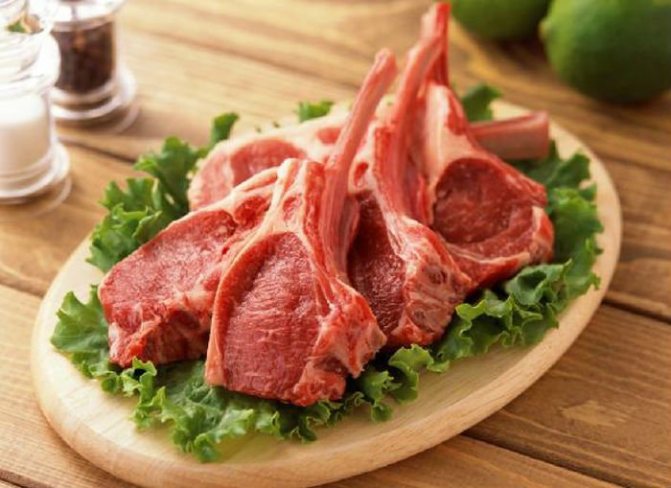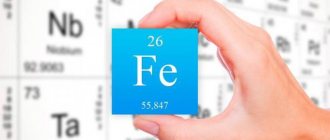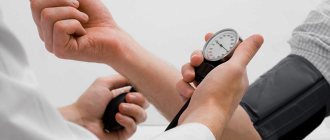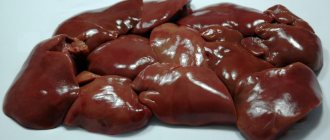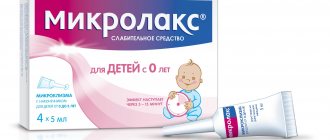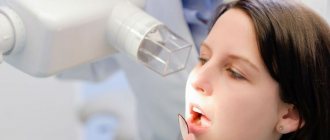Hemoglobin level is one of the most important indicators of the condition of the female body after childbirth. Hemoglobin is a type of protein that is responsible for providing oxygen to all tissues, systems and cells of the body. This means that not only our general well-being, but also the functioning of all organs depends on it.
The main functions that hemoglobin performs:
- Binds to an oxygen molecule and transports it from the lungs to the tissues;
- Transports carbon dioxide from tissues to the lungs;
- Maintains the acid-base balance of the blood (ph).
Iron deficiency anemia after childbirth occurs quite often. To maintain all physiological processes in the body, it is important to monitor the level of this indicator and prevent it from falling significantly.
Why hemoglobin decreases after childbirth and how to increase it, we will tell you in this article.
Symptoms of low hemoglobin
Signs of iron deficiency anemia:
- darkening of the eyes, headaches;
- pale skin;
- lethargy, apathy, weakness;
- low blood pressure, shortness of breath, rapid heartbeat;
- chilliness;
- the patient wants to eat chalk and earth;
- massive hair loss;
- brittleness and thinning of nails.
Why there may be low hemoglobin after childbirth
Low hemoglobin after childbirth is caused by the following reasons:
- The process of giving birth to a child is not complete without loss of blood from the mother, even during normal childbirth. 200-400 ml are lost. And if a cesarean section was performed, there were complications, the woman loses up to 500 ml of blood. Then she has bloody discharge from the genital tract for a month, this is how the uterus is restored.
- Deficiency of B vitamins, iron, folic acid. A considerable amount of these substances is spent on the production of breast milk. And there is almost nothing left to restore the mother’s body, especially since breastfeeding requires dietary restrictions.
- In the last trimester of pregnancy, the fetus has a high need for iron. The substance is taken from the mother’s body, so her hemoglobin level often decreases before childbirth.
- A woman's chronic diseases (gastritis, colitis, problems with the spleen) do not go away during pregnancy; on the contrary, they can worsen. They can also cause low hemoglobin in the postpartum period.
In general, the reduction in the amount of this substance is of a natural nature, the main thing is that it is not critical. You can suspect a problem by general weakness, pallor, rapid fatigue, drowsiness, and dizziness. If these signs appear, you should go to the doctor for a referral for blood tests - general and biochemistry.
Signs of a fall

Low hemoglobin can be judged by several symptoms:
- the woman feels weak, the feeling intensifies if she needs to move;
- shortness of breath is possible during physical exertion;
- sweating increases;
- you want to sleep all the time, even with normal work and rest;
- feeling dizzy, especially when changing body position;
- hair falls out and breaks off when combing, nails become brittle;
- the skin becomes dry and pale, the general appearance becomes painful;
- There may be a desire to eat chalk or clay, an aversion to certain foods.
These signs are observed in the initial form of anemia. If measures are not taken, a woman may experience nausea and vomiting, a severe decrease in blood pressure to the point of fainting, and heart rhythm disturbances.
How to diagnose
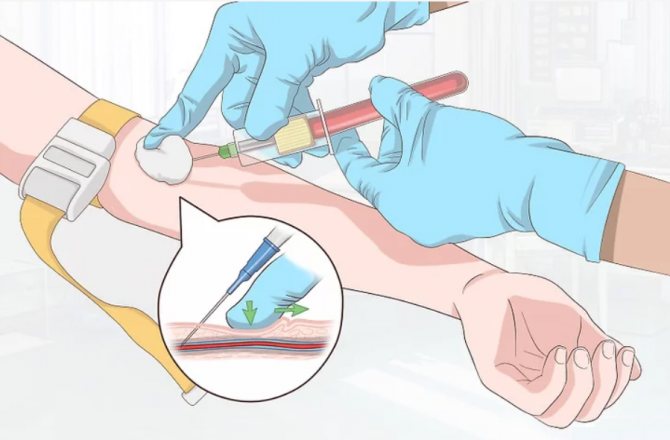
When the first signs appear, you should go to a doctor, who will definitely prescribe general and biochemical blood tests. The first study will determine your hemoglobin level. Anemia is also indicated by:
- decrease in the number of red blood cells;
- high rate of sedimentation (ESR);
- presence of microcytes.
Causes
The development of anemia during pregnancy and after childbirth is caused by several reasons:
- Sick iron consumption in the third trimester. During this period of development, the baby needs iron in large quantities, so the mother’s body begins to release the necessary vitamins, minerals, including iron.
- Large blood loss during childbirth, usually occurs during caesarean section.
- Diseases of the circulatory system, heart, various types of infections.
- Diet food or poor diet.
The most common cause of anemia is a strict diet. Most women who have given birth quickly want to return to their former shape, so they go on a strict diet. At the same time, they do not think that they are endangering their health and the baby. This can lead not only to the development of anemia, but also to exhaustion of the body.
Concomitant factors for the appearance of anemia after childbirth are stress, fatigue, bad habits (abuse of tea, coffee) and frequent childbirth (there should be a break of at least 3 years between pregnancies). In this condition, raising hemoglobin to the required level is much more difficult.
Some experts believe that the cause of iron deficiency anemia is an internal conflict in the body. This disease is more likely to affect women who suffer from a lack of care, attention, support and the fear of not being able to cope alone. Against this background, lethargy, weakness, headaches and darkening of the eyes appear. Thus, the body itself suppresses the woman so that she lies down and does not struggle with her problem.
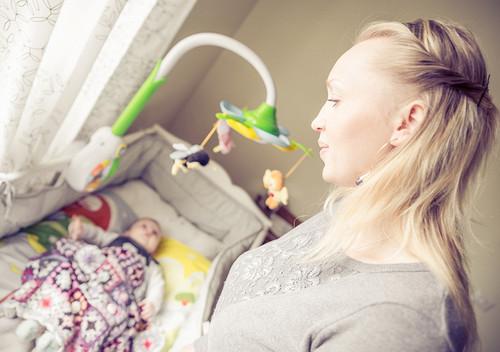
According to Louise Hay, there are two psychosomatic causes of this disease:
- lack of self-confidence and low self-esteem;
- fear of life or complete lack of joy in it.
V. Zhikarintsev adds one more reason to this list - claims to the surrounding world.
Liz Burbo believes that blood is life itself. If a person has lost the taste for life, then this disease manifests itself. In confusion and ignorance, a person simply becomes lost and depressed, which negatively affects his health, including the functioning of the hematopoietic system.

Sh. Shalila and B. Baginski, famous healers, also believe that anemia is the result of a lack of joy.
A. Torsunov interprets this as follows:
“The human body, which tends to be sad and sad often, stops producing the required number of red blood cells. Passivity and pessimism lead to disruptions in the functioning of the circulatory system. But excessive fuss and overexcitement can also provoke this disease.”
Therefore, not only laziness reduces the activity of blood cells, but also passionate desires. Thus, the degree of activity of blood cells depends on the determination and positive attitude of a person. The more you enjoy and are satisfied with life, the more likely it is that your circulatory system will function properly.
Another example from Torsunov: it often happens that a child is unwanted, but due to circumstances, a woman carries it and gives birth. After giving birth, she falls into a deep depression - the child becomes a burden and a burden for her. Excessive fatigue and despair lead to the development of anemia. But if a woman enjoys motherhood, the number of red blood cells produced increases.
Anemia parameters
Adults and children need hemoglobin for normal cellular respiration. The norm for women after childbirth may be slightly lower than for those who have not encountered this process. The condition of anemia is graded into three degrees:
- light,
- average,
- heavy.
A mild degree of anemia is characterized by a decrease in the level of the indicator to 110-90 g/l. Almost all women in labor experience this stage.
The middle stage of anemia development is associated with a decrease in hemoglobin to 70 g/l. Qualified assistance and consultation with a doctor is required.
In severe forms of anemia, patients are hospitalized. The level of hemoglobin in the blood can reach 50-60 g/l.
To avoid deterioration of health and to exclude life-threatening consequences, it is important to start treatment on time.
How to deal with anemia
The first thing you need to do is adjust your diet. If you have no contraindications, drink freshly squeezed juices from beets, carrots, pomegranates and apples. They can be mixed or diluted with boiled water.
The most valuable sources of iron:
- pomegranate;
- amaranth and alfalfa sprouts;
- Jerusalem artichoke;
- green buckwheat;
- rye;
- legumes;
- chlorophyll from nettle leaves, leafy greens, beet and carrot leaves;
- Milk thistle meal.
Among vegetables, tomatoes, herbs, pumpkin, beets and green vegetables will help increase hemoglobin. Fruits that contain large amounts of iron are quinces, peaches, apples, plums, apricots, persimmons and pears. Berries in the diet should include currants, cranberries, strawberries, strawberries and blueberries.
How to compensate for iron deficiency?
The first thing to do is to establish nutrition. Make your diet balanced. Particular emphasis should be placed on foods rich in vitamin C (increases iron absorption), group B, and folic acid. These are lean meats, fish, liver, cottage cheese, oatmeal and buckwheat, vegetables, fruits, herbs, nuts.
But, unfortunately, moderate and severe anemia cannot be treated with nutrition. Additional intake of iron supplements is required. But to diagnose and prescribe them, you need to consult a doctor.
Healthy recipes
There are several recipes that will help restore iron levels in the blood:
- Pour a glass of boiling water over 4 clover flowers, an hour after steeping, strain. Take ½ glass three times a day on an empty stomach for 30 days.
- Take a glass of walnut kernels and green buckwheat, chop in any convenient way, add honey, stir. Take 1 tbsp daily. l.
- Mix aloe leaves ground in a meat grinder with honey in equal quantities. Close the lid tightly and keep in a dark place for 5 days. Take 1 tbsp. l. in the morning, at lunch and in the evening before meals every day until you use it up.
- Make a mixture of honey, prunes, dried apricots and raisins - 500 g of each component. Take 3 tbsp. l. per day for a month. Mix dry nettle leaves with pollen and natural honey in a ratio of 3:1:2. Take 1 tsp. on an empty stomach half an hour before meals, washed down with water.
- You can increase hemoglobin using chyawanprash.
- Take 1 tsp on an empty stomach. milk thistle with a small amount of water.
For better absorption, iron must be taken with vitamin C (ascorbic acid), as well as preparations or products containing copper, zinc and manganese. These include tomatoes, lettuce, raisins, spinach. Some vegetables and fruits contain a complex of essential substances - iron and components that promote its absorption.
To increase hemoglobin, it is useful to take a long walk in the fresh air and give the body moderate physical activity, for example, yoga, swimming under water.
In addition to proper nutrition, it is necessary to reconsider your views and beliefs: a positive and optimistic person is less susceptible to this disease.
How can you increase hemoglobin?
The first question that should be answered when making a diagnosis is how to increase hemoglobin in a nursing mother after childbirth? There are several ways to solve this issue, namely:
1. Drug therapy aimed at replenishing daily iron deficiency. 2. Prescribing a diet rich in foods high in iron. 3. Traditional methods.
Taking medications for anemia is the main measure to eliminate it. You cannot self-medicate or prescribe medications on your own. Only a doctor can choose the right medicine and the required dosage. At the moment, several iron-containing drugs can be distinguished:
• Maltofer; • Totem; • Ferrum Lek; • Sorbifer Durules.
Drug therapy can last from 2 months to six months, depending on the well-being of the nursing mother. At the same time, some people mistakenly believe that such treatment has a bad effect on the child’s health, but this is not the case. Iron is not concentrated in breast milk and does not cause side effects. When taking the medicine, it is best to drink it with juices rich in vitamin C. This will allow iron to be better absorbed in the body.
Diet and healthy foods
A proper diet is the key to successful recovery and the return of laboratory parameters to normal. The diet for anemia should be varied and necessarily balanced. A nutritionist can help in this matter and can easily create an optimal nutrition plan that is beneficial for both the mother and the infant. First of all, you need to decide on a list of foods rich in iron. In this case, this list is very extensive, but when talking about the lactation period, it is significantly reduced. After all, any new product consumed by a nursing mother can negatively affect the child in the form of allergic reactions or intestinal colic.
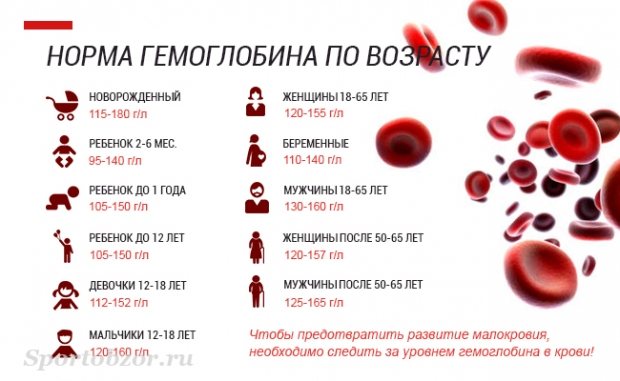
Products with high iron content
There are several foods that are rich in iron:
• spinach; • egg yolk (1 piece per day is recommended, quail ones are especially useful); • walnuts (up to 150 gr.); • seaweed; • dairy products; • rosehip decoction; • fresh pomegranate juice diluted with water 50/50; • green pea; • fish; • apricots; • black currant; • meat (veal, rabbit, beef, chicken); • raisins, dried apricots and prunes; • buckwheat; • apples; • honey; • radishes and turnips; • potato; • White cabbage; • strawberries or wild strawberries (eat with caution, allergic rashes are possible in the baby); • pear; • wheat bran, etc.
It is best to cook food by steaming or in the oven, avoiding heat treatment with vegetable oil. With each new product introduced into the diet during the lactation period, be sure to monitor the child’s reaction.
There are also a few other key points worth paying attention to:
1. Iron is better absorbed in the body if taken with foods enriched with vitamin C (vegetables and citrus fruits).
2. Be sure to monitor the amount of iron entering the body. The norm is 20 mg, of which about 2.5 comes with food, and the rest due to the action of medications. 200 mg per day will be an overdose, so you should be careful.
3. Black tea, coffee and fermented milk products contribute to poorer absorption of iron. Replace it with green or avoid consuming it during meals.
4. Pomegranate juice is very beneficial for the body, but it can cause constipation.
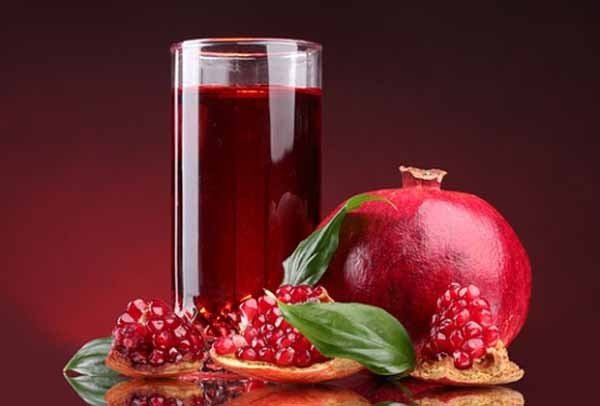
5. When replenishing iron deficiency, you need to pay more attention to animal products. Plant proteins are only 5% useful in this regard. But at the same time, vegetables and fruits contain a lot of valuable vitamins that help in the absorption of iron. Harmony can only be achieved with the correct diet. Attention: It is best to consult a doctor and agree on the possibility of consuming recommended products. This will help avoid complications in the child.
What is harmful and useless
- Iron, when combined with black tea, forms an insoluble and very harmful mixture for the body.
- You cannot simultaneously consume foods that contain calcium and iron. This primarily applies to dairy products. They are used separately.
- Various medications and chemical additives reduce the functions of the hematopoietic system.
If all of the above measures do not help you, you should seek help from a specialist - a hematologist.
leave a comment
Treatment
Prominent representatives of iron-containing preparations are Totema, Maltofer, Sorbifer Durules, Ferrum Lek.
The listed products are available in the form of solutions, drops, syrups and chewable tablets. The drug Maltofer is a universal remedy for the treatment of this disease in both mother and child. However, the use of this remedy for anemia not caused by iron deficiency is highly discouraged.
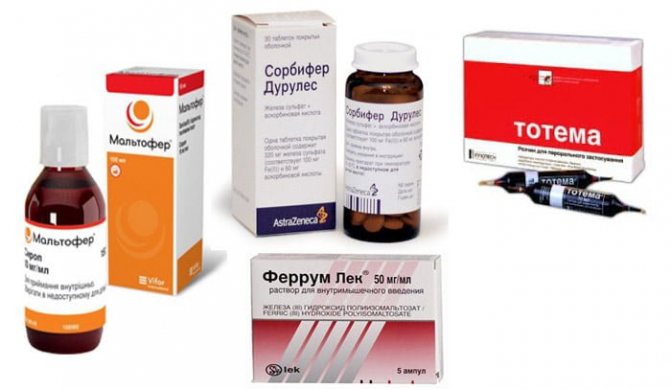
Ferrum Lek is available in tablet and syrup form, and is a very effective remedy for combating anemic symptoms in pregnant and lactating women. The use of Ferum Lek is contraindicated in other types of anemia.
Sorbifer Durules is combined and contains an iron component and ascorbic acid. Close attention should be paid to the dosage of this substance, which is selected by the doctor individually. In the presence of pathologies of the gastrointestinal tract and kidneys, the use of the drug is not recommended.
Totem is considered to be the drug of choice for the treatment of iron deficiency anemia in pregnant and lactating women. The release form of the drug is a solution. The use of Totema is contraindicated in the presence of gastric and duodenal ulcers.
